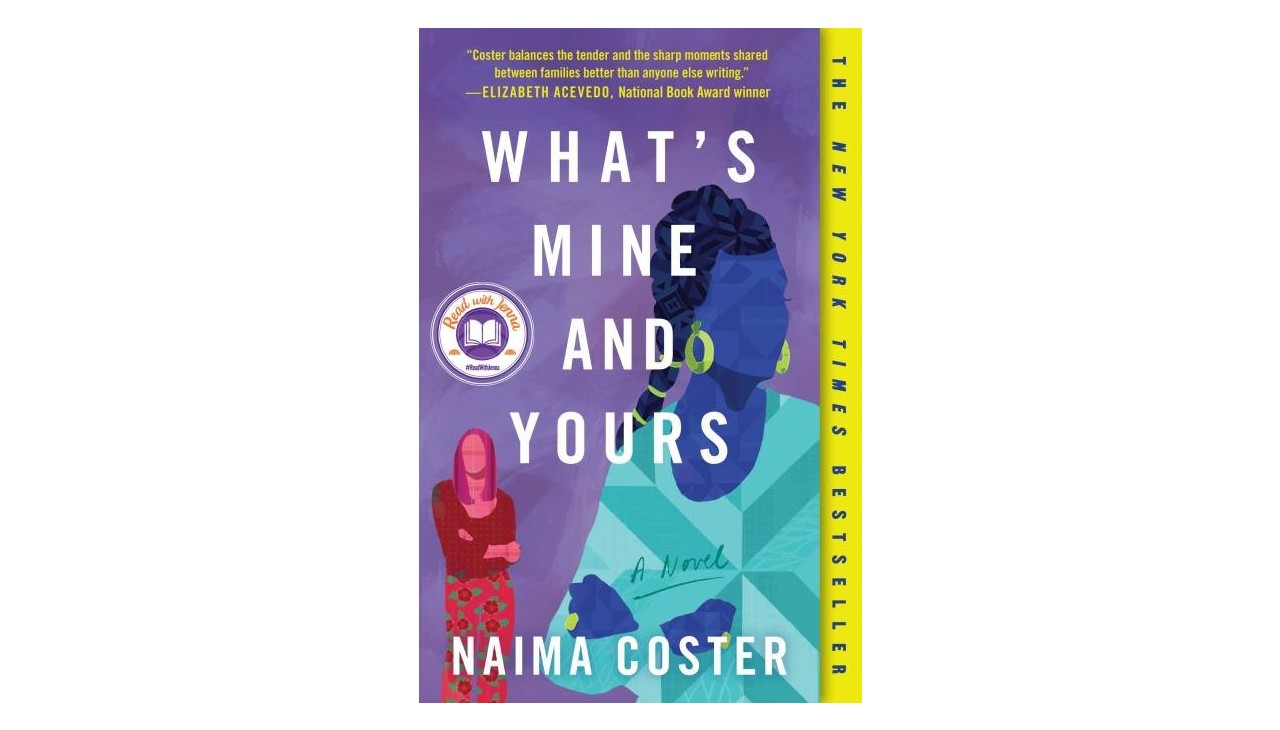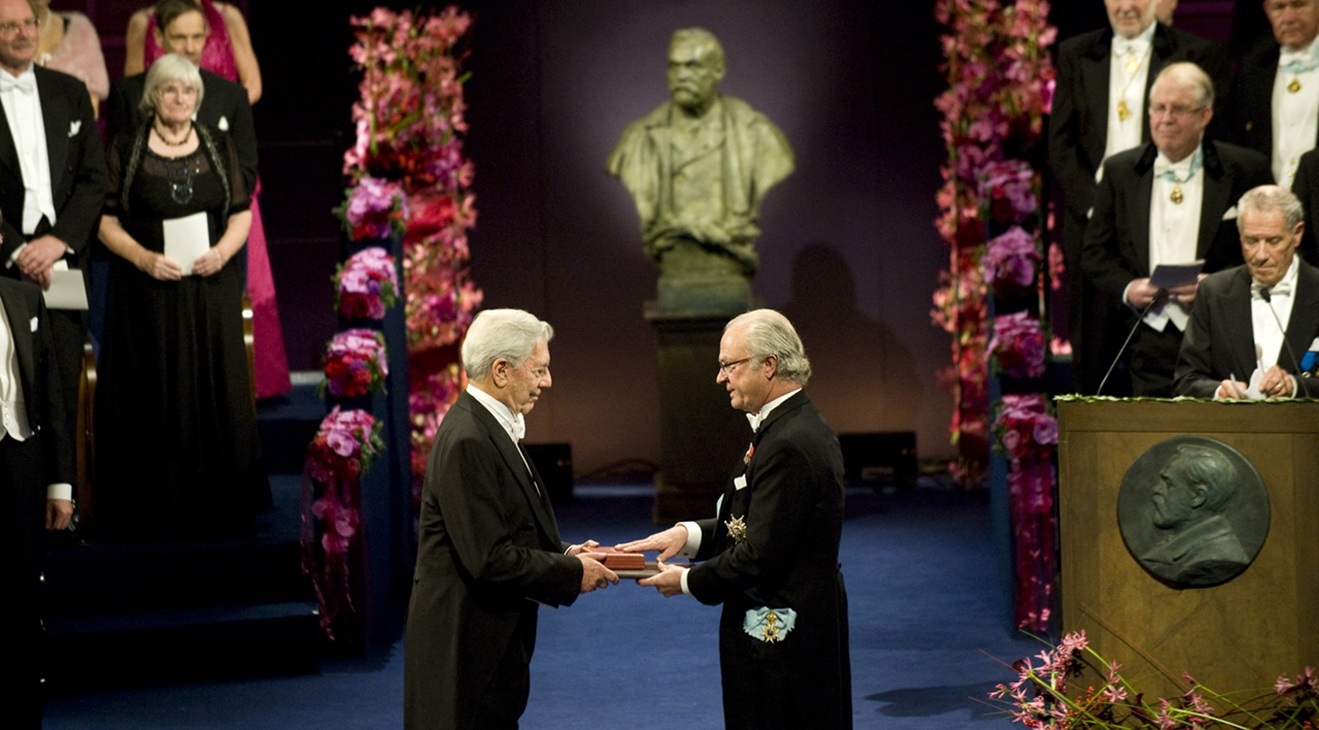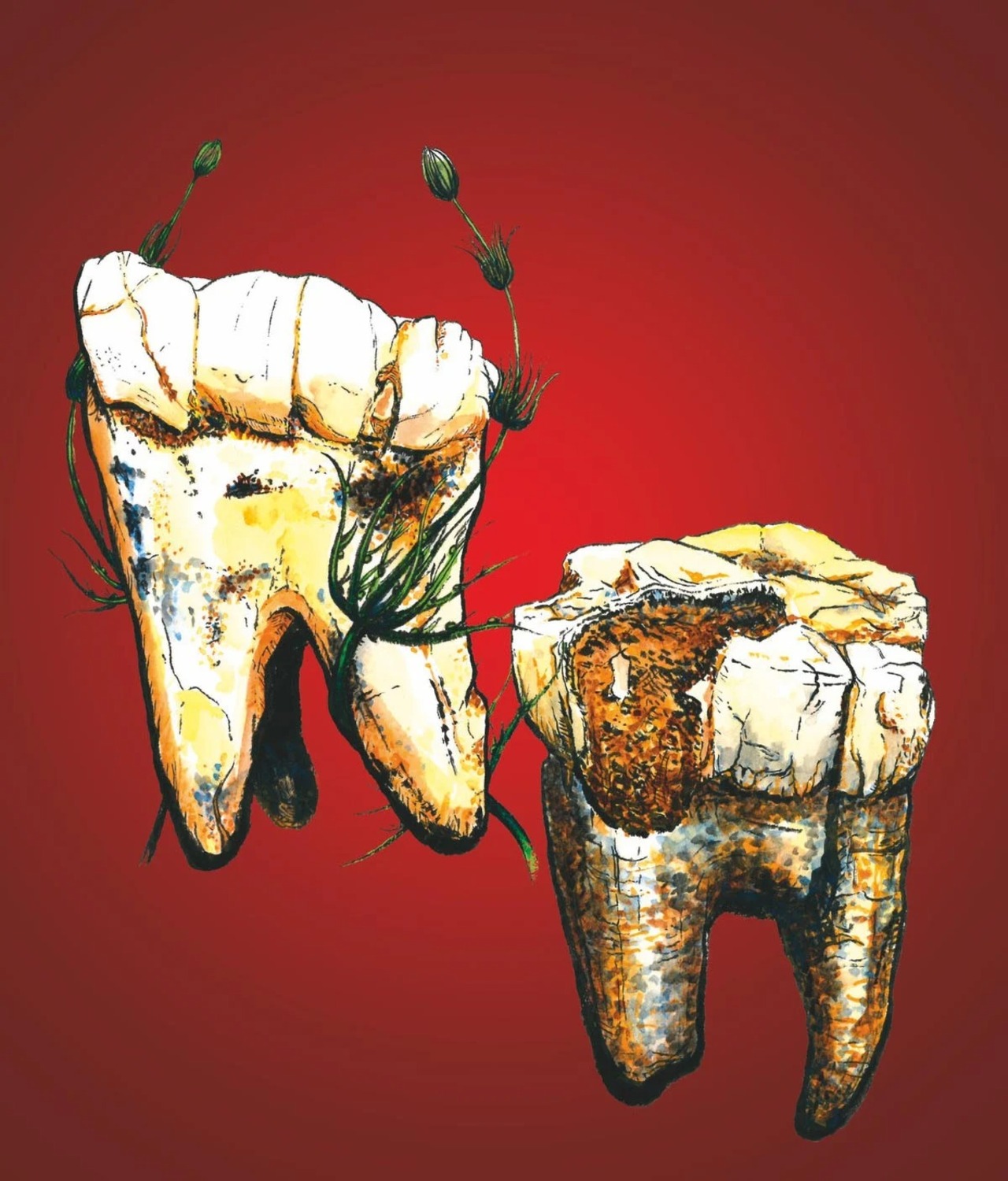
Can a teen relationship raise questions of class, race and privilege?
In her latest novel, Dominican-American writer Naima Coster explores the complexities of motherhood, identity and racial integration
A dysfunctional Colombian-American family from North Carolina is the starting point of What’s Mine and Yours (2021), the second novel of Dominican-American writer Naima Coster.
The book follows the history of two mothers: Lacey May, mother of three half-Latina girls — among them Noelle, who starts a tentative relation with Gee, a Black boy. Gee is raised by Jade, a steely ambitious mother who is trying to give her son the tools to thrive as a Black man in the real world.
The narrative begins when this community in the Piedmont of North Carolina rises in outrage as a county initiative draws students from the largely Black east side of town into predominantly white high schools on the west. For Gee and Noelle, the integration sets off a chain of events that will tie their two families together in unexpected ways over the next 20 years.
On one side of the integration debate is Jade, Gee's steely, ambitious mother. In the aftermath of a harrowing loss, she is determined to give her son the tools he'll need to survive in America as a sensitive, anxious, young Black man. On the other side is Noelle's headstrong mother, Lacey May, a white woman who refuses to see her half-Latina daughters as anything but white. She strives to protect them as she couldn't protect herself from the influence of their charming but unreliable father, Robbie.
When Gee and Noelle join the school play meant to bridge the divide between new and old students, their paths collide, and their two seemingly disconnected families begin to form deeply knotted, messy ties that will shape the trajectory of their adult lives. And their mothers — each determined to see her child inherit a better life — will make choices that will haunt them for decades to come.
RELATED CONTENT
Asked about the way we construct Latinx identities, the author told Latina Media Co. that in her book, Noelle and her two sisters “are all Latina but it means something different to each of them, which doesn’t match in a neat way to how they look or are perceived.
“Even within the same family, people identify differently, are presented, and read differently. I wanted to explore what that kind of dynamic can produce within a family, how it can produce connection, understanding, but also misunderstanding,” she said.
Raised in Brooklyn to parents that have roots in the Dominican Republic, Cuba and Curaçao, Coster earned her MFA in Fiction from Columbia and holds degrees in Creative Writing, English and African American Studies from Yale and Fordham. Her debut, Halsey Street, was a finalist for the 2018 Kirkus Prize for Fiction.
“Both my novels certainly investigate the persistence of segregation in the U.S. in the 21st century. They focus on the ongoing precarity of daily life for Black and Latinx people in integrated and interracial spaces,” she told The Black Scholar after the book's publication in 2021.
In Halsey Street, Coster focuses on two Latina women with troubled lives. On the one hand, Penelope Grand, who has scrapped her failed career as an artist in Pittsburgh and moved back to Brooklyn to keep an eye on her ailing father. She’s accepted that her future won’t be what she’d dreamed, but now, as gentrification has completely reshaped her old neighborhood, even her past is unrecognizable. On the other hand, Mirella, her mother, has abandoned the family to reclaim her roots in the Dominican Republic. Mirella has one last chance to win back the heart of the daughter she’d lost long before leaving New York.












LEAVE A COMMENT: